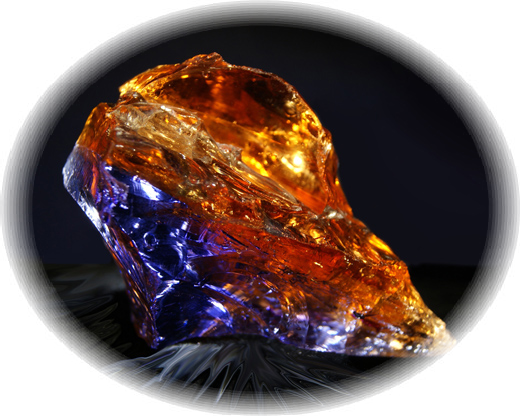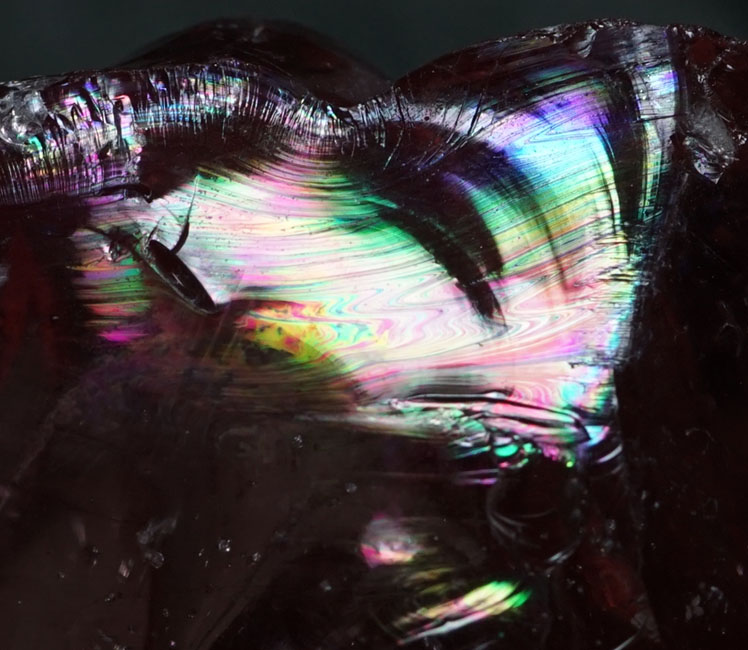I have been asked countless times on how to authenticate Monatomic Andara crystals, which methods or tests are accurate, and which are just plain false advertising.
Here’s a list of the tests that DO NOT WORK to detect the presence of monatomic elements:
- Standard Spectroscopic analysis or ES
- X-Ray Analysis or Mining XRF handheld devices
- Cumming Microscopy
- Diffraction Microscopy
- Fluorescent Microscopy
- Tests based on the elemental metallic structure and conductivity.
I put this list upfront so you would not have to read the whole article to its end. Why these tests don’t work is very simple for anyone who understands or has done any simple searches on the internet on monatomics;
“Monatomic gold . . . it is not metallic, has none of the metallic qualities of yellow gold.” David Hudson
The fact is, all of the above tests check for the presence of metallic structures, which are not present in monatomic elements. This information was first published by David Hudson more than 25 years ago.
So anyone claiming to use the above methods to test for the presence of monatomics, even if it is the latest Mining XRF micro-burst x-ray devices, does not understand the basic properties of monatomics and Andara crystals.
Read on to get the full history and science of monatomics and the tests that do work.
As the person who discovered the relationship between monatomic materials and Andara crystals more than a decade ago, I have a deep understanding and relationship with both the science and related metaphysical properties they exhibit.
In order to assess the validity of any test, one must first know what is being tested for. In ancient times, gold was a valuable known metal highly sought after, but easily counterfeited. There was but one way to test for the presence of gold – the so-called touchstone.
Among the merchants and assayers of the Middle East, the touchstone was their most guarded secret. This was the one and only test that confirmed the presence of gold. With it, all doubt was removed as to its authenticity.
It was this touchstone that created the bridge to a cash state, trade, coinage and the beginnings of civilization and nation states. Gold could be assayed, valued, traded with assurance and made a cornerstone of value and security.
To this day, the touchstone is still in use by assayers and gold buyers. If you walk into a pawn shop to sell a gold necklace, a touchstone is used to assay its carat value.
Is there a touchstone for monatomic materials and Andara crystals? To answer that question, we must first know what monatomic materials are. Once we have an understanding, we can then proceed to what tests will or will not work to confirm their presence.
Like a Sherlock investigation, the evidence is right in front of us if only we look closely enough. It is with this eye for detail that we will use to discover that which will lead to our answer.
Each detail provides the answer to a certain question; the trick being able to know what each question is. From there a profile is built by the details and questions they answer, until an overall framework comes into clarity.
“What is it?” asked David Hudson when he found a mysterious white powder on his property in Arizona more than 25 years ago. It is a fitting question to start our investigation. As a farmer and part-time miner, David was more than just curious as to the meaning of this unknown substance.
As a hobbyist gold miner, David employed the well-known emission spectroscopy (ES) test. Emission Spectroscopy is the science of analyzing the light frequencies of elements that have been ionized in an arc of electricity between two electrodes.
In laymen’s terms, you zap your test sample and record the light given off. This is spectroscopic analysis. The arc electrode used burns away within 15 seconds, which most western Spectroscopists claim is all that is needed to read and identify the material tested.
David’s test material showed a 2% mix of iron, silicon and aluminum. The other 98% was unknown. The 15 second Spectroscopic analysis of the sample failed to resolve this mystery. For three years David worked to resolve this. But even with the removal of the 2% that was identified, there still was no clue as to what the other 98% was.
David went back to Cornell University, where he worked with a Ph.D. who did X-Ray Analysis. Comprehensive tests involved X-Ray Analysis, Cumming Microscopy, Diffraction Microscopy, Fluorescent Microscopy, Emission Spectroscopy and five other element technologies. The results were the same, 98% nothing there. The Ph.D. had no idea what it meant and said it was “pure nothing.”
Not one to accept such nonsense, David remembered that the Emission Spectroscopy test done was based on American standards of 15 seconds, whereas the most prestigious scientific body in the Soviet Union, the Soviet Academy of Sciences, recommended an Emission Spectroscopy test that was 300 seconds, that’s 2000% longer.
There was no Emission Spectroscopy lab in the US that could do a 300 second test, so he built one. Understand that David was a self-made millionaire, and spent millions of his own money in his quest for answers.
David flew in an ES engineer from Germany, the actual inventor of the process to make this type of lab equipment, and discovered a new type of matter – monatomic elements.
The process involved removing all oxygen from the ES testing arc and replacing it with Argon gas. In this environment the carbon electrode will last the full 300 seconds. At 15 seconds, iron, silicon and aluminum showed up as expected.
Then the sample went quiet. Finally, after 90 seconds, Palladium began to read; after 110 seconds, Platinum began to read; at 130 seconds, Ruthenium; at about 140-150 seconds, Rhodium; at 190 seconds, Iridium; at 220 seconds, Osmium began to read.
The Russians call this fractional vaporization. This was not news to the Russian professors that David was working with, as they had perfected this test quite a while ago.
David Hudson’s discovery and the path he took to it gives us quite a few answers to our question of a touchstone test for Monatomics.
We now know that monoatomic elements are not metallic and have none of the metallic qualities or atomic structures of normal metals and are the reason why the following tests DO NOT WORK:
- Standard Spectroscopic analysis or ES
- X-Ray Analysis or Mining XRF handheld devices
- Cumming Microscopy
- Diffraction Microscopy
- Fluorescent Microscopy
- Tests based on the elemental metallic structure and conductivity.
Our first touchstone is the 300 second Spectroscopic analysis or Emission Spectroscopy test as recommended by the Soviet Academy of Sciences. The lab that David built cost more than $100,000 at current prices. So yes, it is a touchstone, but its expense makes it impractical.
But with the discovery of monatomics, came the discovery that they were superconductors at the molecular level, with an ancient history of use as old as man.
Thus begins our next chapter. To read Chapter 2 “Click Here“.
Blessings & Light
Øm “not mark” & Linda


